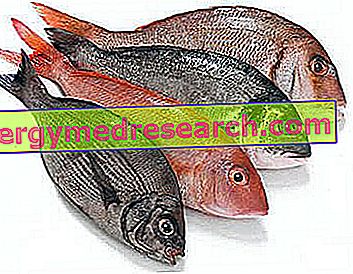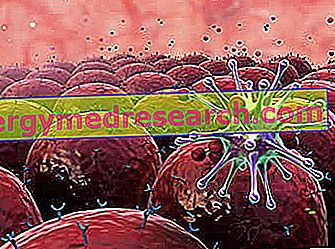In addition to saturated fats and cholesterol, even the carnitine contained in meat (and in many supplements and energy drinks) could increase the risk of developing cardiovascular diseases, such as heart attack, stroke and thrombosis. On a superficial reading, this seems to be the conclusion reached by a group of researchers from the Cleveland Clinic, in Ohio *; however, some aspects of this study should be clarified to avoid unnecessary alarmism and mystification.

The intestinal flora is a sort of digital imprint, in the sense that it changes (even considerably) from one subject to another. Its composition in fact depends on numerous factors, starting from birth (caesarean or vaginal delivery, hospital or home environment, breastfeeding or artificial feeding, etc.) up to the type of feeding. In fact, precisely because these microorganisms feed on undigested and unabsorbed food residues, the type of diet strongly contributes to selecting the intestinal flora of an individual. In light of this premise, it is not surprising that the levels of TMAO-producing bacteria are significantly higher in the intestines of those who consume a diet rich in meat; on the other hand, researchers have discovered that these bacteria are much less represented in the intestines of lacto-ovo-vegetarian subjects, and even less in those who avoid animal proteins (vegan diet) altogether.
In addition to carnitine, it should be noted that other substances can also be converted to TMAO in the intestine; this is the case of choline and lecithins, which abound in eggs (concentrating in the yolk) and in many industrial products (especially pastry) due to their emulsifying function.
At this point, we have all the elements to reach some important considerations:
- a diet too rich in meat and eggs can promote the onset of cardiovascular diseases also through mechanisms that are independent from the intake of cholesterol and saturated fats;
- even an excess of carnitine or lecithins through supplements could increase cardiovascular risk; for the same reason, even the fishery products (fish, molluscs, crustaceans), being naturally very rich in TMAO, could increase the cardiovascular risk
... therefore, without forgetting that:
- carnitine (which can be synthesized independently by the body) is a very important nutrient for the activity of the heart (and not only), so much so that it is administered after a heart attack to promote the contractile efficiency of the heart muscle! For this reason it is considered a generally protective nutrient for the heart;
- the integration of lecithin promotes the reduction of cholesterol levels in the blood, since it reduces intestinal absorption and favors the reverse transport of cholesterol "cleaning the arteries" from lipid deposits!
- the fish is rich in omega-3, useful nutrients in the prevention of cardiovascular risk especially for their anti-inflammatory and anti-hypertensive action! A diet rich in fish, despite its high concentrations of TMAO, is therefore generally considered to be protective against heart disease!
... the results of the study are nothing but another invitation to:
- consume a varied and balanced diet, avoiding monothematic diets and overeating in general
- do not exceed, especially for long periods of time, the recommended doses of supplements (this is generally true, not only for those of carnitine and soy lecithin)
- consider the results of scientific studies as a small piece in the extremely complicated health puzzle, where common sense and previously acquired scientific knowledge help us to reconstruct the underlying image. ATTENTION, therefore: the biological effects of a food cannot be reduced or confused with one of the biological effects of one of its innumerable components; an overview is needed instead.
Bibliography:



